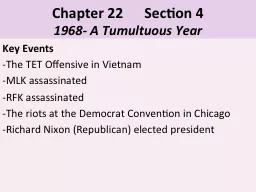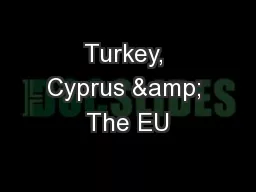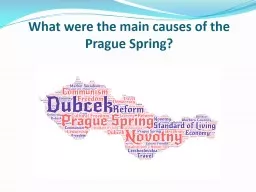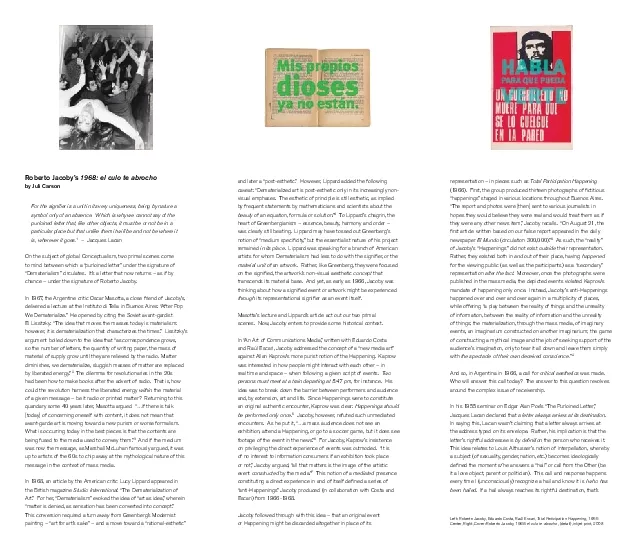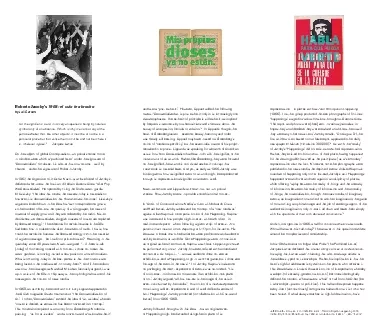PPT-UNIT 9 CHAPTER 29: A TIME OF UPHEAVAL 1968-1974
Author : briana-ranney | Published Date : 2018-09-30
LABEL YOUR C HAPTER 29 TERMS amp PLACE THEM IN A STACK PLEASE LETS CONTINUE CH 29 NOTES AGENDA THURSDAY APRIL 19 TH YOUTH MOVEMENT 8 M AM IN COLLEGE ½ OF POP
Presentation Embed Code
Download Presentation
Download Presentation The PPT/PDF document "UNIT 9 CHAPTER 29: A TIME OF UPHEAVAL 1..." is the property of its rightful owner. Permission is granted to download and print the materials on this website for personal, non-commercial use only, and to display it on your personal computer provided you do not modify the materials and that you retain all copyright notices contained in the materials. By downloading content from our website, you accept the terms of this agreement.
UNIT 9 CHAPTER 29: A TIME OF UPHEAVAL 1968-1974: Transcript
Download Rules Of Document
"UNIT 9 CHAPTER 29: A TIME OF UPHEAVAL 1968-1974"The content belongs to its owner. You may download and print it for personal use, without modification, and keep all copyright notices. By downloading, you agree to these terms.
Related Documents

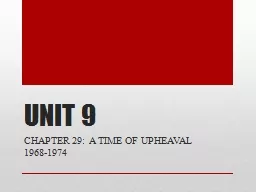
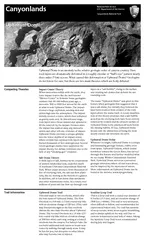
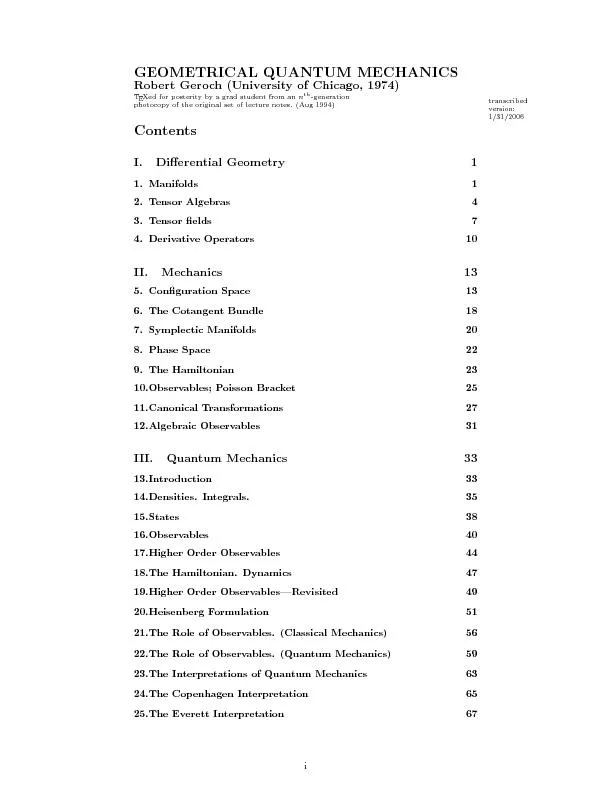
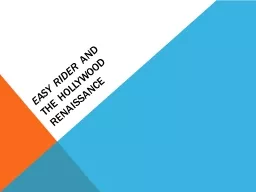
![THE PUBLIC PROVIDENT FUND ACT, 1968 T FUND ACT, 1968 16th May, 1968]](https://thumbs.docslides.com/405545/the-public-provident-fund-act-1968-t-fund-act-1968-16th-ma.jpg)
